When it comes to figs, two varieties that often spark confusion are Calimyrna figs and Smyrna figs. These two types of figs share similarities in appearance and taste, but they also have some distinct differences that set them apart. In this comprehensive guide, we will delve into the world of Calimyrna figs and Smyrna figs to help you understand their unique characteristics and decide which one is the right choice for your culinary adventures. **Origins and Background** Calimyrna figs and Smyrna figs both belong to the Ficus carica species, which is known for its sweet and succulent fruits. Calimyrna figs, also known as Kadota figs, are a cultivar of the Smyrna fig variety. Smyrna figs, on the other hand, are named after the city of Smyrna in Turkey, where they were originally cultivated. These figs have a rich history dating back thousands of years, with mentions in ancient texts and religious scriptures.
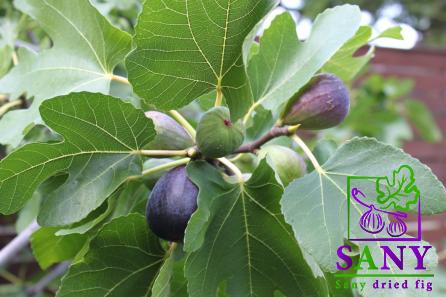
.
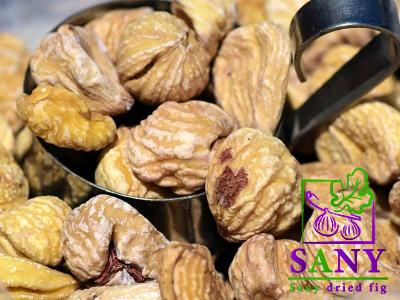 **Appearance** Both Calimyrna figs and Smyrna figs are large, pear-shaped fruits with a pale green to yellowish skin when ripe. The flesh of the figs is a vibrant pink color with small edible seeds scattered throughout. The exterior of the figs may be slightly wrinkled, indicating their ripeness and sweetness. **Flavor Profile** One of the defining characteristics of Calimyrna figs and Smyrna figs is their flavor profile. Calimyrna figs are known for their honey-like sweetness with hints of nuttiness and a subtle floral aroma. They have a delicate flavor that is less intense compared to other fig varieties. Smyrna figs, on the other hand, have a more robust and complex flavor. They are slightly tangy with a richer sweetness and a deeper, earthy undertone. The flavor of Smyrna figs intensifies as they ripen, making them a favorite for those who enjoy bold, sweet fruits. **Nutritional Benefits** Both Calimyrna figs and Smyrna figs are packed with nutritional benefits. They are an excellent source of dietary fiber, vitamins, and minerals. Figs are known for their high levels of antioxidants, which help protect the body against oxidative stress and inflammation. They also contain natural sugars that provide a quick source of energy, making them a perfect snack for active individuals. **Culinary Uses** Calimyrna figs and Smyrna figs are versatile ingredients that can be used in a variety of culinary applications. These figs can be enjoyed fresh on their own, added to salads for a touch of sweetness, or incorporated into both sweet and savory dishes. Calimyrna figs are a popular choice for desserts such as tarts, cakes, and jams due to their subtle sweetness. Smyrna figs, with their more robust flavor, are often used in savory dishes like roasted meats, cheese boards, and chutneys.
**Appearance** Both Calimyrna figs and Smyrna figs are large, pear-shaped fruits with a pale green to yellowish skin when ripe. The flesh of the figs is a vibrant pink color with small edible seeds scattered throughout. The exterior of the figs may be slightly wrinkled, indicating their ripeness and sweetness. **Flavor Profile** One of the defining characteristics of Calimyrna figs and Smyrna figs is their flavor profile. Calimyrna figs are known for their honey-like sweetness with hints of nuttiness and a subtle floral aroma. They have a delicate flavor that is less intense compared to other fig varieties. Smyrna figs, on the other hand, have a more robust and complex flavor. They are slightly tangy with a richer sweetness and a deeper, earthy undertone. The flavor of Smyrna figs intensifies as they ripen, making them a favorite for those who enjoy bold, sweet fruits. **Nutritional Benefits** Both Calimyrna figs and Smyrna figs are packed with nutritional benefits. They are an excellent source of dietary fiber, vitamins, and minerals. Figs are known for their high levels of antioxidants, which help protect the body against oxidative stress and inflammation. They also contain natural sugars that provide a quick source of energy, making them a perfect snack for active individuals. **Culinary Uses** Calimyrna figs and Smyrna figs are versatile ingredients that can be used in a variety of culinary applications. These figs can be enjoyed fresh on their own, added to salads for a touch of sweetness, or incorporated into both sweet and savory dishes. Calimyrna figs are a popular choice for desserts such as tarts, cakes, and jams due to their subtle sweetness. Smyrna figs, with their more robust flavor, are often used in savory dishes like roasted meats, cheese boards, and chutneys.
..
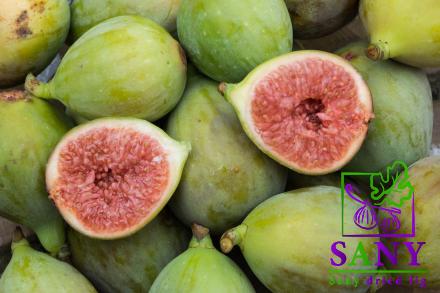 **Health Benefits** In addition to their delicious taste, Calimyrna figs and Smyrna figs offer numerous health benefits. Figs are a good source of fiber, which can aid digestion and promote gut health. They also contain vitamins and minerals such as vitamin B6, potassium, and magnesium, which are essential for overall health and well-being. Figs are known to have anti-inflammatory properties and may help reduce the risk of chronic diseases such as heart disease and diabetes. **Harvesting and Storage** Calimyrna figs and Smyrna figs are typically harvested in late summer to early fall when they are ripe and ready to be enjoyed. It is important to handle figs gently to avoid bruising or damaging the delicate fruit. To store figs, keep them in the refrigerator in a perforated plastic bag to maintain their freshness. Figs can also be dried or preserved to extend their shelf life and enjoy them throughout the year. **Conclusion** In conclusion, both Calimyrna figs and Smyrna figs are exquisite fruits with unique characteristics that make them stand out in the world of culinary delights. Whether you prefer the delicate sweetness of Calimyrna figs or the bold flavor of Smyrna figs, these fruits are sure to elevate any dish they are added to. With their rich history, nutritional benefits, and versatile uses, Calimyrna figs and Smyrna figs are a must-have in any kitchen. So why not indulge in the world of figs and experience the sublime flavors and textures of these luxurious fruits?
**Health Benefits** In addition to their delicious taste, Calimyrna figs and Smyrna figs offer numerous health benefits. Figs are a good source of fiber, which can aid digestion and promote gut health. They also contain vitamins and minerals such as vitamin B6, potassium, and magnesium, which are essential for overall health and well-being. Figs are known to have anti-inflammatory properties and may help reduce the risk of chronic diseases such as heart disease and diabetes. **Harvesting and Storage** Calimyrna figs and Smyrna figs are typically harvested in late summer to early fall when they are ripe and ready to be enjoyed. It is important to handle figs gently to avoid bruising or damaging the delicate fruit. To store figs, keep them in the refrigerator in a perforated plastic bag to maintain their freshness. Figs can also be dried or preserved to extend their shelf life and enjoy them throughout the year. **Conclusion** In conclusion, both Calimyrna figs and Smyrna figs are exquisite fruits with unique characteristics that make them stand out in the world of culinary delights. Whether you prefer the delicate sweetness of Calimyrna figs or the bold flavor of Smyrna figs, these fruits are sure to elevate any dish they are added to. With their rich history, nutritional benefits, and versatile uses, Calimyrna figs and Smyrna figs are a must-have in any kitchen. So why not indulge in the world of figs and experience the sublime flavors and textures of these luxurious fruits?
…
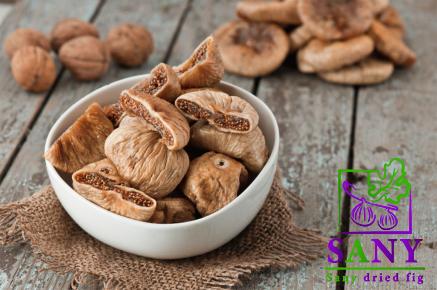 **Pairing Suggestions** Calimyrna figs and Smyrna figs can be paired with a variety of ingredients to create unique and memorable dishes. Calimyrna figs pair well with soft cheeses like goat cheese or Brie, as the sweetness of the figs complements the creamy texture of the cheese. They can also be paired with nuts such as almonds or walnuts for a satisfying crunch. Smyrna figs, with their robust flavor, go well with bold cheeses like blue cheese or aged cheddar. They can also be paired with cured meats like prosciutto or salami for a savory and sweet flavor combination. **Gardening Tips** If you are interested in growing your own figs, both Calimyrna figs and Smyrna figs can be cultivated in a home garden with the right conditions. Figs thrive in warm, sunny climates with well-draining soil. They can be grown in containers or directly in the ground, making them a versatile fruit tree for small spaces. Figs are self-pollinating, meaning you only need one tree to produce fruit. Pruning fig trees in late winter or early spring can help promote fruit production and keep the tree healthy. **Figs in Culture and Tradition** Figs have played a significant role in various cultures and traditions around the world. In ancient Greek and Roman mythology, the fig was considered a sacred fruit associated with fertility and abundance. In some cultures, fig leaves are used as a symbol of prosperity and protection. Figs are also an important ingredient in traditional cuisines, from stuffed fig leaves in Mediterranean dishes to fig-based sweets in Middle Eastern desserts. The fig tree itself is often regarded as a symbol of strength, longevity, and resilience. **Where to Find Calimyrna Figs and Smyrna Figs** Calimyrna figs and Smyrna figs can be found in specialty grocery stores, farmers’ markets, and online retailers. When selecting figs, look for fruits that are plump, fragrant, and free from bruises or blemishes. If fresh figs are not available, dried figs are a convenient alternative that can be used in a variety of dishes. Explore local markets and stores to discover the best quality figs in your area and enjoy the flavors of these exquisite fruits. **In Summary** Calimyrna figs and Smyrna figs are two varieties of figs that offer a delightful culinary experience with their unique flavors, nutritional benefits, and versatility in cooking. Whether you prefer the delicate sweetness of Calimyrna figs or the bold flavor of Smyrna figs, both varieties have something special to offer. From savory dishes to sweet treats, figs can elevate any recipe with their natural sweetness and rich flavors. Embrace the world of figs and discover the magic of Calimyrna figs and Smyrna figs in your culinary creations. Enjoy the bounty of nature’s gifts and savor the exquisite taste of these luxurious fruits in every bite.
**Pairing Suggestions** Calimyrna figs and Smyrna figs can be paired with a variety of ingredients to create unique and memorable dishes. Calimyrna figs pair well with soft cheeses like goat cheese or Brie, as the sweetness of the figs complements the creamy texture of the cheese. They can also be paired with nuts such as almonds or walnuts for a satisfying crunch. Smyrna figs, with their robust flavor, go well with bold cheeses like blue cheese or aged cheddar. They can also be paired with cured meats like prosciutto or salami for a savory and sweet flavor combination. **Gardening Tips** If you are interested in growing your own figs, both Calimyrna figs and Smyrna figs can be cultivated in a home garden with the right conditions. Figs thrive in warm, sunny climates with well-draining soil. They can be grown in containers or directly in the ground, making them a versatile fruit tree for small spaces. Figs are self-pollinating, meaning you only need one tree to produce fruit. Pruning fig trees in late winter or early spring can help promote fruit production and keep the tree healthy. **Figs in Culture and Tradition** Figs have played a significant role in various cultures and traditions around the world. In ancient Greek and Roman mythology, the fig was considered a sacred fruit associated with fertility and abundance. In some cultures, fig leaves are used as a symbol of prosperity and protection. Figs are also an important ingredient in traditional cuisines, from stuffed fig leaves in Mediterranean dishes to fig-based sweets in Middle Eastern desserts. The fig tree itself is often regarded as a symbol of strength, longevity, and resilience. **Where to Find Calimyrna Figs and Smyrna Figs** Calimyrna figs and Smyrna figs can be found in specialty grocery stores, farmers’ markets, and online retailers. When selecting figs, look for fruits that are plump, fragrant, and free from bruises or blemishes. If fresh figs are not available, dried figs are a convenient alternative that can be used in a variety of dishes. Explore local markets and stores to discover the best quality figs in your area and enjoy the flavors of these exquisite fruits. **In Summary** Calimyrna figs and Smyrna figs are two varieties of figs that offer a delightful culinary experience with their unique flavors, nutritional benefits, and versatility in cooking. Whether you prefer the delicate sweetness of Calimyrna figs or the bold flavor of Smyrna figs, both varieties have something special to offer. From savory dishes to sweet treats, figs can elevate any recipe with their natural sweetness and rich flavors. Embrace the world of figs and discover the magic of Calimyrna figs and Smyrna figs in your culinary creations. Enjoy the bounty of nature’s gifts and savor the exquisite taste of these luxurious fruits in every bite.
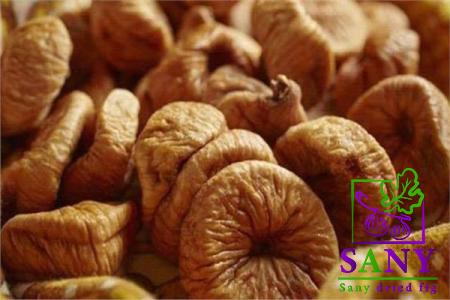
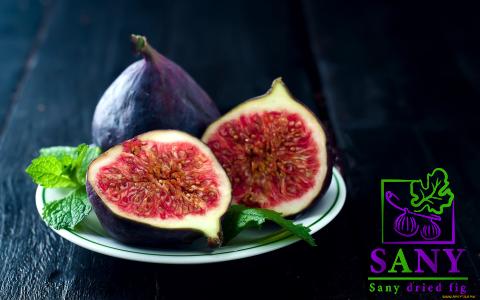
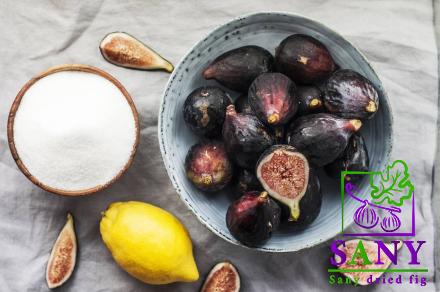


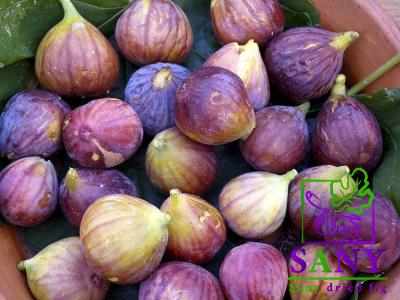
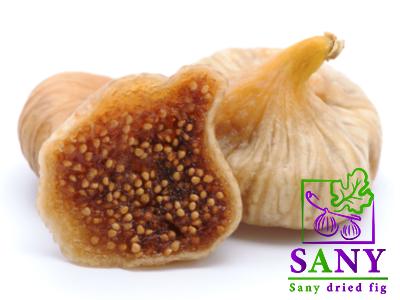
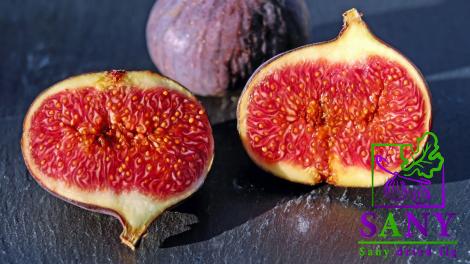
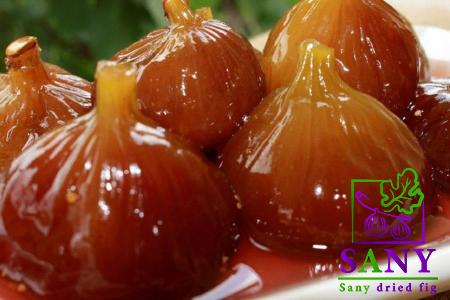
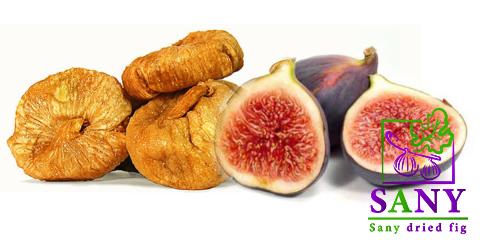
Your comment submitted.